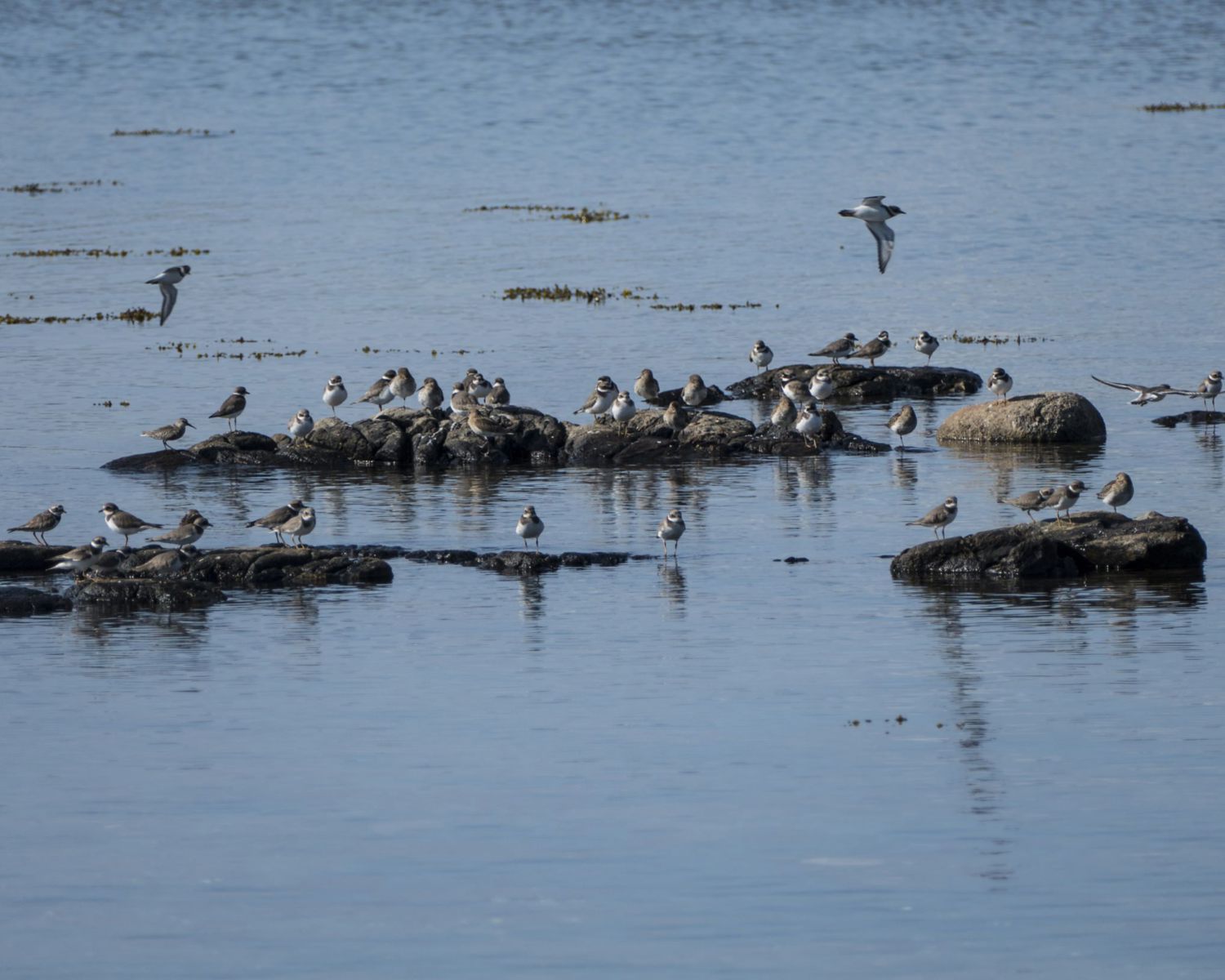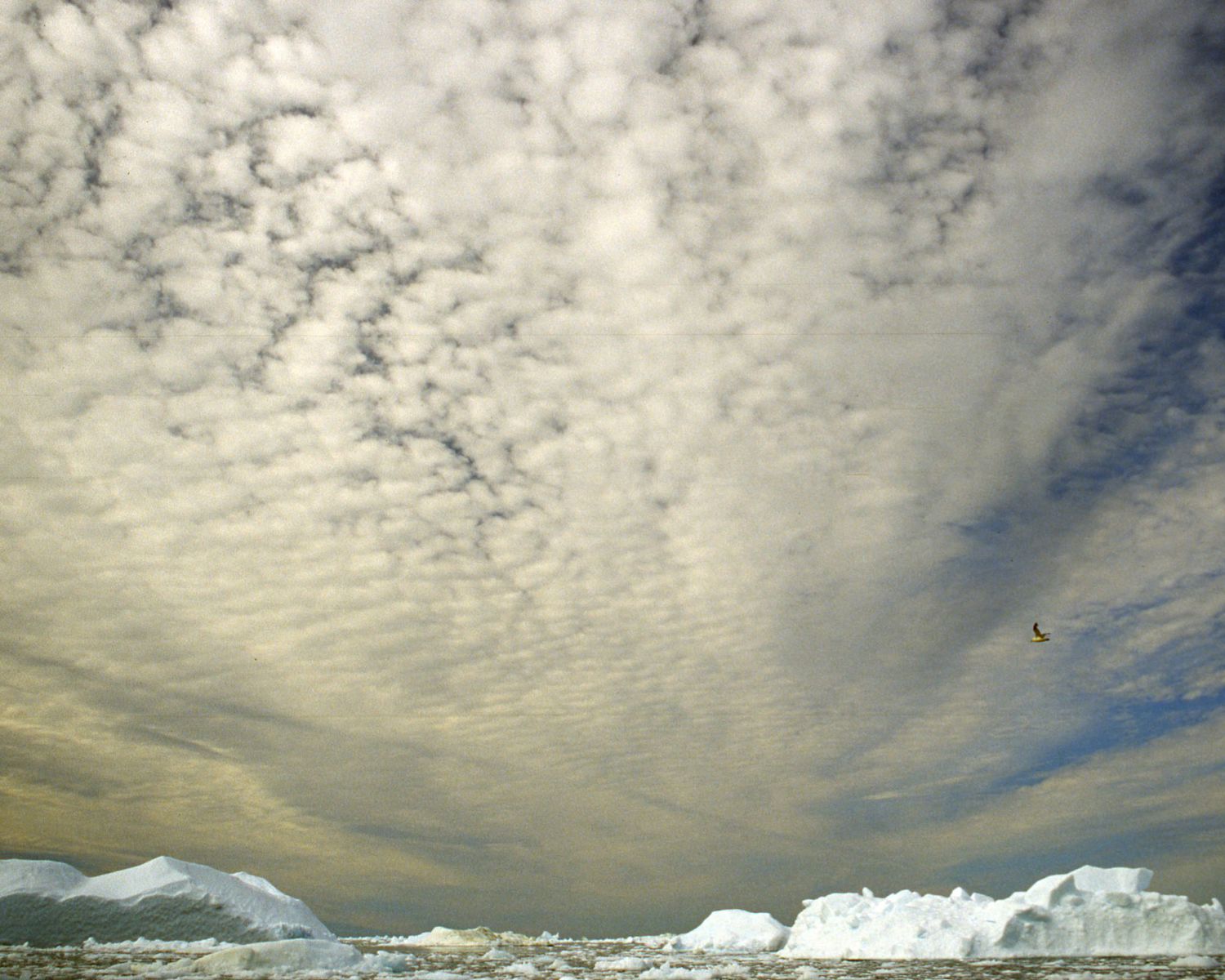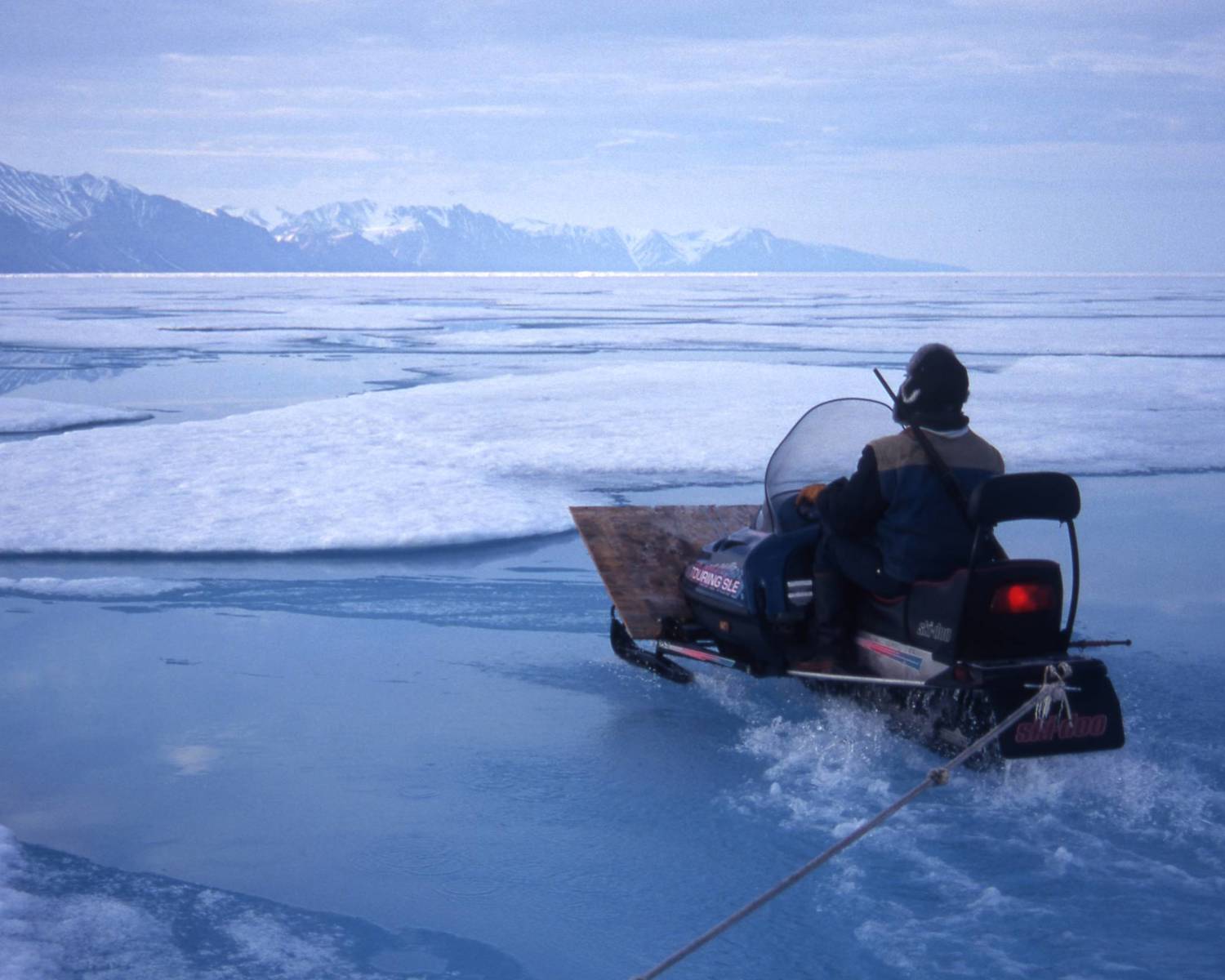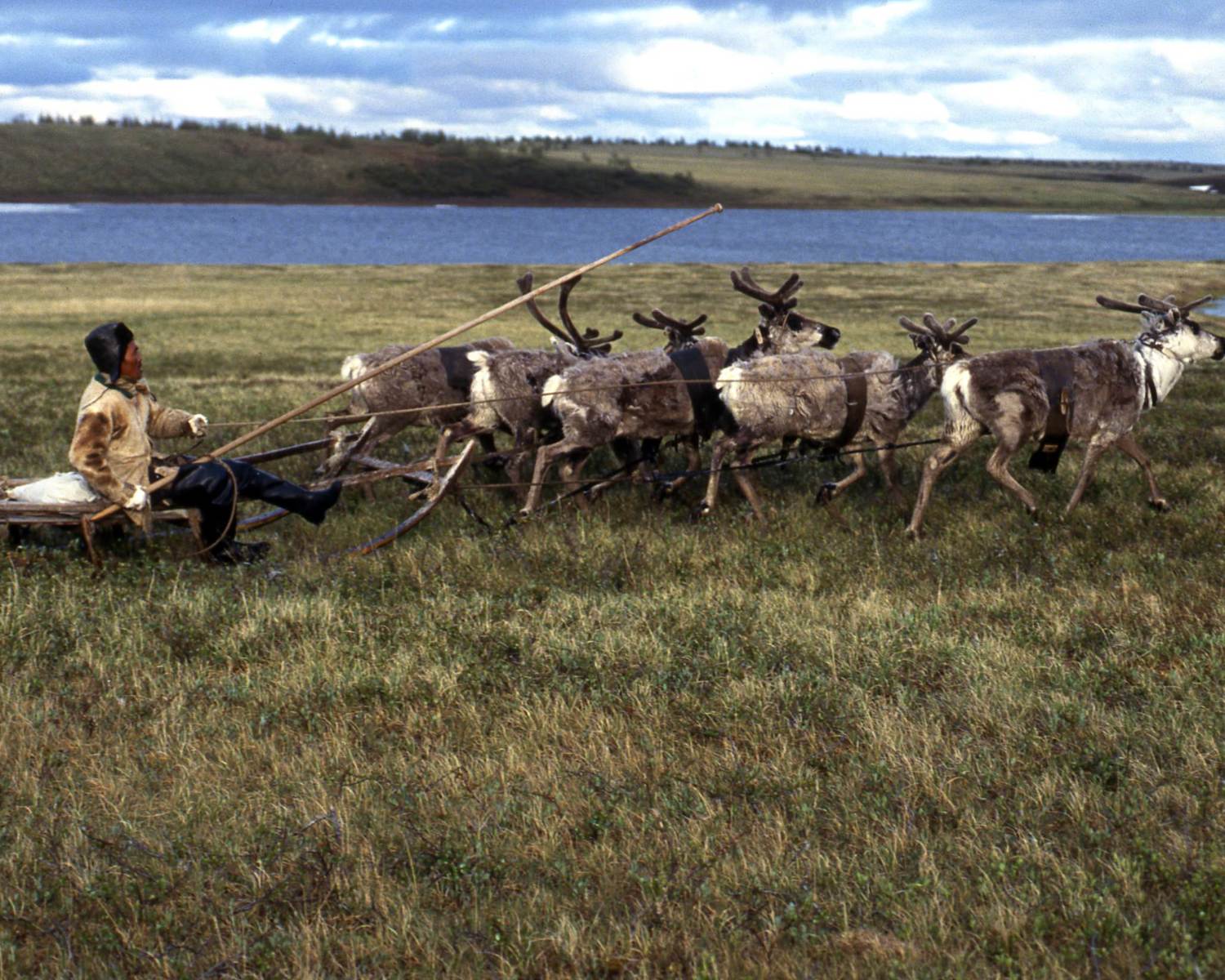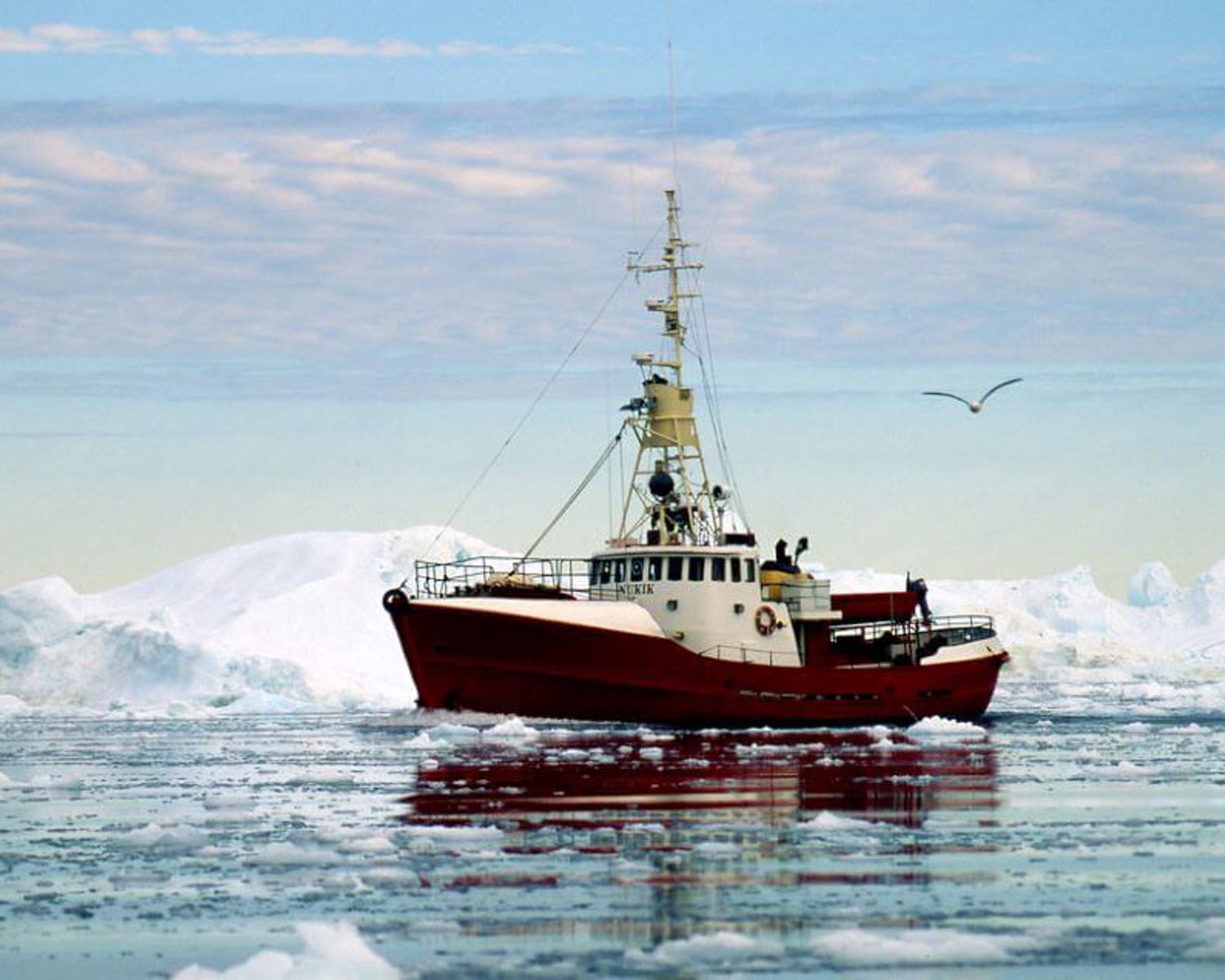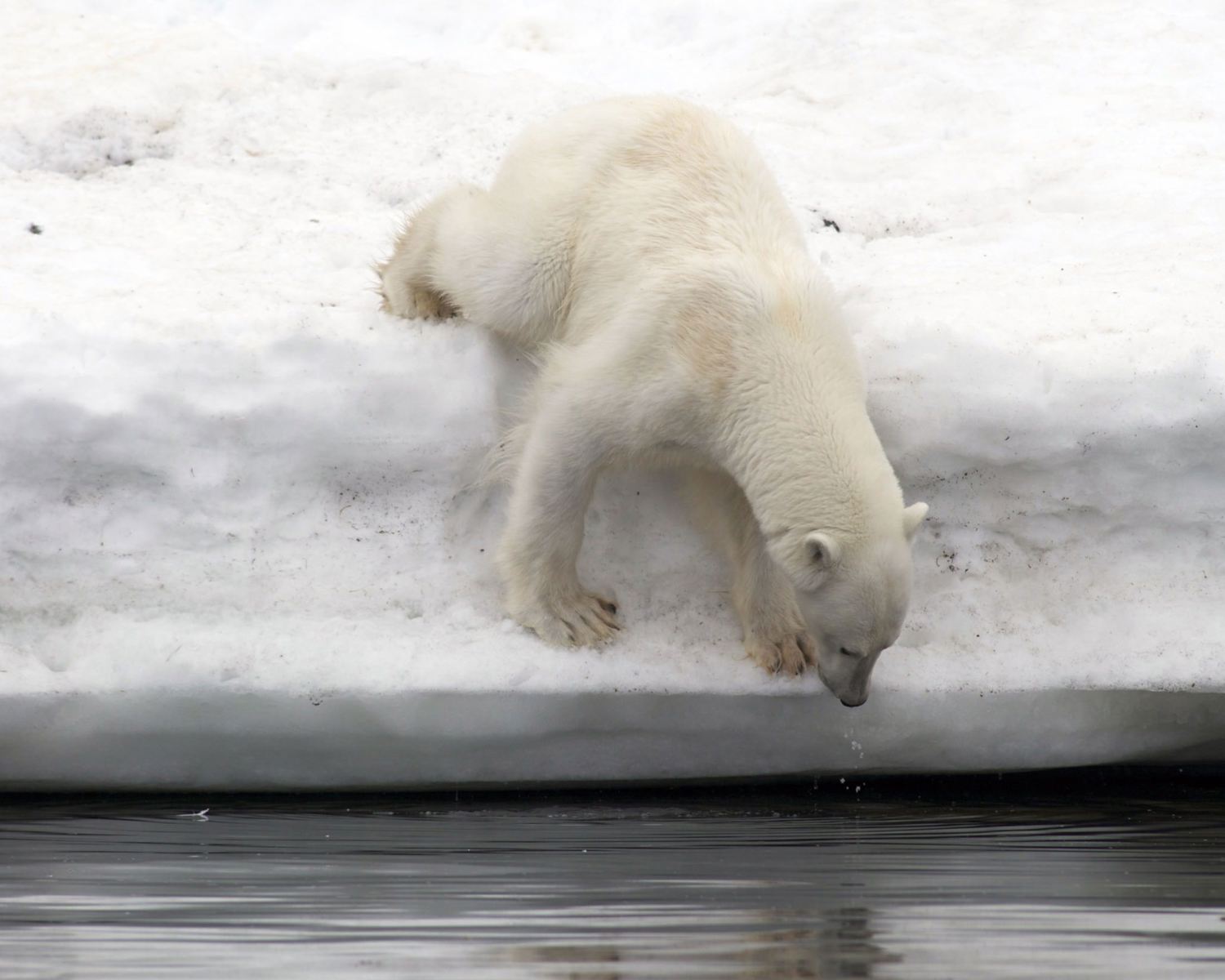Cirrus cloud thinning

Cirrus clouds are high altitude ice clouds. They influence the Earth’s radiation budget as they reflect both incoming and outgoing radiation. However, they ultimately have a warming effect as they are more efficient at trapping outgoing longwave radiation (Kärcher 2017).
Some have suggested artificially thinning cirrus clouds so more long wave radiation can escape into space. Cirrus Cloud Thinning (CCT) could be done by seeding the clouds, which would increase nucleation rates, thereby reducing their lifetime and optical thickness (Storelvmo et al. 2013). This technique would only work on ice clouds. Several different seeding materials have been proposed, ranging from environmentally benign sea salt to the toxic but more effective bismuth triiodide (Lawrence et al.2018). CCT would be most effective at high latitudes during winter when such clouds do not reflect incoming radiation and only trap outgoing radiation (Gruber et al. 2019). Cirrus clouds in the coldest locations are also likely to be the most effectively thinned as they are composed of smaller crystals with larger radiative effects than larger crystals. This makes potential deployment far more effective in mountain and polar regions.
Analysis overview

Technological Readiness Level (TRL)
Low 1
There is a lack of research on CCT, and to date no outdoor experiments have been conducted. This means that there are many open questions around CCT. The individual (groups of) scholars working on CCT are mainly conducting modeling studies. Tully et al (2022) however recently recommended that the high uncertainties around CCT require ‘more observational evidence … on cirrus formation mechanisms and the impact that natural as well as anthropogenic aerosol have on cirrus properties before further modeling studies proceed.' Research is still continuing, with Smith et al (2023) announcing preliminary results from their modeling of CCT at a conference in early 2023.
It is equally not clear how clouds would be seeded. It has been suggested that already existing commercial jets could have their fuel modified (Mitchell & Finnegan, 2009), or perhaps fleets of drones could be used (Mitchell et al, 2011).
Technological Readiness Level (TRL)
A technology with a TRL of 1-3: TRL 1 – Basic; TRL 2 – Concept formulated; TRL 3 – Experimental proof of concept

Scalability
Unknown 0

Timeliness for near-future effects
Unknown 0

Northern + Arctic potential
High 3
Northern + Arctic potential
Very detectable impacts in the Arctic, above the global average; technology ideally/preferably located here

Global potential
Unknown 0
Some studies (Muri et al 2014; Lohmann & Gasparini 2017; Lawrence et al 2018; Gasparini et al 2020) found that CCT could have a significant cooling effect. Muri et al (2014) for instance state that global CCT could have a −1.55 W m−2 forcing effect and change global mean temperatures by −0.94 K. Lawrence et al. (2018) estimate a potential 2 to 3,5 W/m2 forcing effect. However, there are many uncertainties around these numbers (Lohmann and Gasparini, 2017). The underdeveloped state of research on CCT is highlighted in the IPCC AR6 Wg1 report in the comment that they have ‘low confidence in the cooling effect of CCT’ (2021, chapter 4). They write that even though all current cirrus clouds have a net positive radiative forcing effect of around 5 W m–2, maximum CCT cooling potential would only be about 1 to 2 W m–2, and that some model studies found CCT was entirely ineffective and could even have an opposite effect if “over-seeded”. One such adverse effect is described by Liu and Shi (2021), as they find that the seeding of cirrus clouds can also influence other clouds, and thereby eventually have a warming effect.
The complexities around cloud physics would also require further research into many potential side effects and interactions with other suggested measures, as Kuebbeler et al (2012) for example found that SAI could have an effect on cirrus clouds.

Cost - benefit
Cost-effective 3
Cost - benefit
Low investment cost compared to the avoided damage cost (e.g., a few %) and/or inexpensive relative to other measures with similar impact

Environmental risks
Unknown 0
There have been very few studies on potential environmental effects of CCT. An important issue would be the material that would be used to thin the clouds, as the use of toxic substances would obviously have greater environmental impact. The IPCC AR6 WG1 report also mentions a possible impact due to an increased amount of radiation reaching the surface (2021, chapter 4). There have been some studies on the potential effect of CCT on the hydrological cycle. Kristjánsson et al (2015) and Muri et al. (2018) found CCT would enhance this cycle and lead to increased global precipitation, although regional variation would have to be further studied.

Community impacts
Unknown 0

Ease of reversibility
Easy 3
Ease of reversibility
Easily reversible naturally

Risk of termination shock
High risk 1
Risk of termination shock
High or very significant termination shock or damage

Legality/governance
Challenging 2
Cloud seeding is already frequently done to enhance precipitation (see Cloud seeding). Such seeding falls under national or local legislative and governance structures, and CCT could potentially be considered similarly. However, difficulties emerge with regards to deployment over the High Seas.
Legality/governance
Fits within existing structures to a certain degree, but some policy changes are needed to deploy at scale

Scientific/media attention
Medium 2
Despite some positive estimates around the potential of CCT and its listing alongside other SRM climate interventions in major climate reports (see for example the IPCC AR6 reports of WG1 & WG3), public and academic interest remains minimal. The IPCC AR6 reports clearly state that the lack of research activity on the potential of CCT is a major source of uncertainty (WG1 chapter 6 & WG3 chapter 14).
Scientific/media attention
Some attention within the scientific community, including published research and funding programmes; some media attention; some commercial interest
References
Gasparini, B. and Lohmann, U. (2016) Why cirrus cloud seeding cannot substantially cool the planet. Journal of Geophysical Research: Atmospheres. 121: 4877–4893. https://doi.org/10.1002/2015JD024666
Gasparini, B., McGraw, Z., Storelvmo, T., & Lohmann, U. (2020). To what extent can cirrus cloud seeding counteract global warming?. Environmental Research Letters, 15(5), 054002. https://doi.org/10.1088/1748-9326/ab71a3
Gruber, S., Blahak, U., Haenel, F., Kottmeier, C., Leisner, T., Muskatel, H., ... & Vogel, B. (2019). A process study on thinning of Arctic winter cirrus clouds with high‐resolution ICON‐ART simulations. Journal of Geophysical Research: Atmospheres, 124(11), 5860-5888. https://doi.org/10.1029/2018JD029815
IPCC (2021) Climate Change 2021: The Physical Science Basis. Contribution of Working Group I to the Sixth Assessment Report of the Intergovernmental Panel on Climate Change. Cambridge, UK: Cambridge University Press. Available at: https://www.ipcc.ch/report/ar6/wg1/.
Kristjánsson, J. E., Muri, H., & Schmidt, H. (2015). The hydrological cycle response to cirrus cloud thinning. Geophysical Research Letters, 42(24), 10-807. https://doi.org/10.1002/2015GL066795
Kuebbeler, M., Lohmann, U., & Feichter, J. (2012). Effects of stratospheric sulfate aerosol geo‐engineering on cirrus clouds. Geophysical Research Letters, 39(23). https://doi.org/10.1029/2012GL053797
Liu, J., & Shi, X. (2021). Estimating the potential cooling effect of cirrus thinning achieved via the seeding approach. Atmospheric Chemistry and Physics, 21(13), 10609-10624. https://doi.org/10.5194/acp-21-10609-2021
Lohmann, U., & Gasparini, B. (2017). A cirrus cloud climate dial?. Science, 357(6348), 248-249. https://doi.org/10.1126/science.aan3325
Mitchell, D. L., & Finnegan, W. (2009). Modification of cirrus clouds to reduce global warming. Environmental Research Letters, 4(4), 045102. https://doi.org/10.1088/1748-9326/4/4/045102
Mitchell, D. L., Mishra, S., & Lawson, R. P. (2011). Cirrus clouds and climate engineering: new findings on ice nucleation and theoretical basis. Planet Earth, 12, 257-288. https://doi.org/10.5772/24664
Muri, H., Kristjánsson, J. E., Storelvmo, T., & Pfeffer, M. A. (2014). The climatic effects of modifying cirrus clouds in a climate engineering framework. Journal of Geophysical Research: Atmospheres, 119(7), 4174-4191. https://doi.org/10.1002/2013JD021063
Penner, J. E., Zhou, C. and Liu, X. Can cirrus cloud seeding be used for geoengineering? Geophysical Research Letters. 2015; 42: 8775–8782. https://doi.org/10.1002/2015GL065992
Smith, W., Visioni, D., and Hunt, H. 2023. Preliminary results from global modelling of Cirrus Cloud Thinning in the Geoengineering Model Intercomparison Project, EGU General Assembly 2023, Vienna, Austria, 24–28 Apr 2023, EGU23-7402, https://doi.org/10.5194/egusphere-egu23-7402
Storelvmo, T., J. E. Kristjánsson, H. Muri, M. Pfeffer, D. Barahona, and A. Nenes (2013), Cirrus cloud seeding has potential to cool climate, Geophys. Res. Lett., 40, 178–182, https://doi.org/10.1029/2012GL054201.
Tully, C., Neubauer, D., Omanovic, N., & Lohmann, U. (2022). Cirrus cloud thinning using a more physically based ice microphysics scheme in the ECHAM-HAM general circulation model. Atmospheric Chemistry and Physics, 22(17), 11455-11484. https://doi.org/10.5194/acp-22-11455-2022

